Diodes are ubiquitous components found in countless electronic devices, yet their significance often goes unnoticed by the average consumer. These tiny semiconductor devices play a crucial role in the functionality of various electronic circuits and systems. From regulating voltage to converting alternating current (AC) to direct current (DC), diodes serve a multitude of purposes in modern technology.
In this article, we delve into the fundamental principles behind diodes and explore the diverse applications that make them indispensable in the realm of electronics.
What Is A Diode?
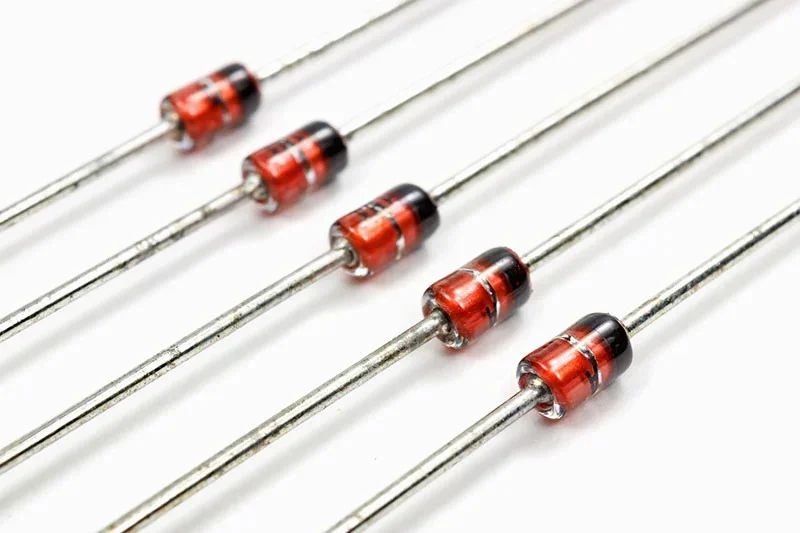
A diode is a two-terminal electronic component that allows current to flow in one direction while blocking it in the opposite direction. It is primarily used in electronic circuits to rectify alternating current (AC) into direct current (DC), as well as in signal demodulation, voltage regulation, and many other applications.
Diodes are typically made from semiconductor materials such as silicon or germanium and are widely used in various electronic devices and systems.
Why Do We Need Diodes?
Diodes find application in signal isolation within circuits. A significant use of diodes involves eliminating negative signals from alternating current (AC), a process called signal demodulation. In radios, diodes serve as a filtering system, extracting radio signals from a carrier wave and enabling effective signal reception.
How Do Diodes Work?
To understand the applications of diodes, it is important to note that an ideal diode is typically housed in a plastic or glass casing, with clear indications of the cathode side. Diodes operate in two modes: forward bias and reverse bias.
| FORWARD-BIASED | REVERSE-BIASED |
| Current flows from anode to cathode | Current flows from cathode to anode |
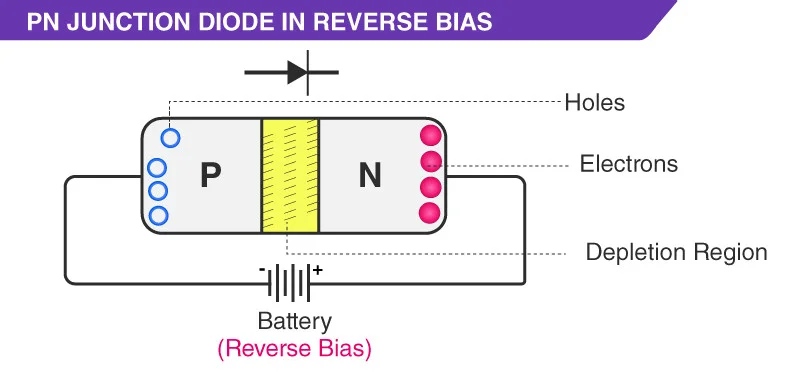
Consider a P-N junction-type diode as an example. In the case of forward bias, the positive terminal of the voltage source is connected to the P-type region, while the negative terminal is connected to the N-type region. Electrons are attracted to the positive terminal and create a covalent bond with the P-type material. As a result, the PN-junction diode behaves like a short circuit as current flows freely.
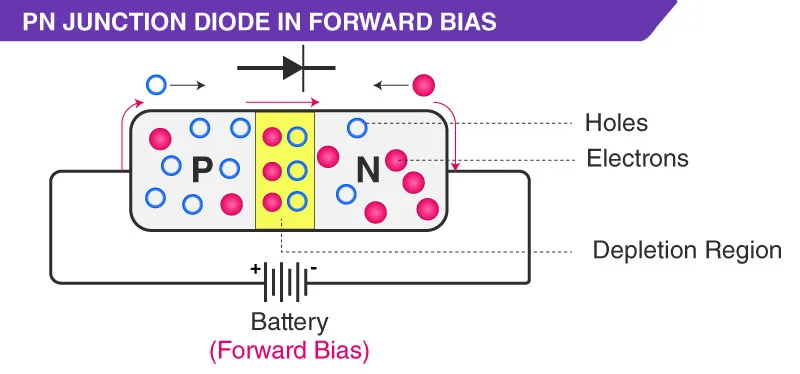
On the other hand, in reversed bias, the negative terminal connects to the P-type region, and the positive terminal connects to the N-type region. Since the positive terminal is now connected to the N-type, the presence of the positive charge attracts free electrons to that region.
What Are Diodes Used For?
Although they are straightforward semiconductor devices with only two pins, diodes play a crucial role in contemporary electronics. Diodes are commonly used for tasks such as converting voltage (e.g., converting AC to DC), isolating signals from a power source, regulating signal magnitude, and combining signals.
Power Conversion
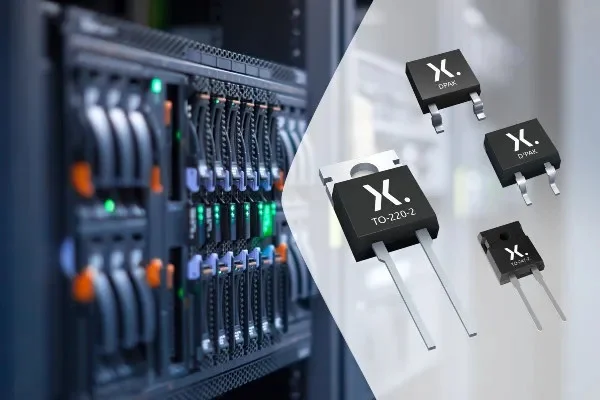
One important diode application involves the conversion of AC power to DC power. Using either a single diode or an array of four diodes, the 110V household power can be converted to DC through the creation of a half-wave (single diode) or a full-wave (four diodes) rectifier. The diode permits only half of the AC waveform to pass through. As the capacitor is charged by this voltage pulse, the resulting output appears as a stable DC voltage with minimal voltage fluctuations.
By employing a full-wave rectifier, the process becomes even more efficient by guiding the AC pulses to portray both the positive and negative halves of the input sine wave as positive pulses, effectively doubling the frequency of the input pulses to the capacitor. This aids in maintaining its charge and delivering a more consistent voltage.
Diodes and capacitors can be combined to create various voltage multipliers that amplify a small AC voltage to generate significantly higher voltage outputs. By configuring capacitors and diodes appropriately, it is possible to obtain both AC and DC outputs.
Demodulation Of Signals
The primary application of diodes involves eliminating the negative component of an AC signal. Since the negative part of an AC waveform typically mirrors the positive half, this process of extraction results in minimal loss of information, thus enhancing signal processing efficiency. In radio systems, signal demodulation is frequently utilized as a component of the filtering mechanism to extract the radio signal from the carrier wave.
Over-Voltage Protections
Diodes are also effective in safeguarding sensitive electronic components. When utilized as voltage protection devices, diodes remain non-conductive during regular operation, but swiftly divert any high-voltage surge to the ground, preventing it from causing harm to an integrated circuit.
Transient voltage suppressors, a type of specialized diode, are specifically engineered for over-voltage protection and can handle substantial power surges for brief durations, typical of voltage spikes or electrical shocks that would otherwise damage components and reduce the lifespan of electronic products.
Likewise, a diode can regulate voltage by functioning as a clipper or limiter—serving a specialized role in capping the voltage allowed to pass through it at a specific threshold.
Current Steering
The fundamental function of diodes is to control the flow of current, ensuring that it moves in the correct direction. One scenario where the current control capability of diodes is effectively employed is in the transition from power supplied by an external source to power provided by a battery.
For instance, when a device such as a cell phone or uninterruptible power supply is plugged in and charged, it should draw power solely from the external supply, with the battery being recharged at the same time. Once the external power source is disconnected, the device should seamlessly switch to drawing power from the battery, ensuring no disruption for the user.
A notable example of current control is evident in reverse current protection. For instance, in your car, if your battery is dead and someone offers to assist with jumper cables, the adjacent diodes protect the electrical system from damage by blocking the improper flow of current if the red and black cables are connected in the wrong order.
Logic Gates
Computers function using binary code, consisting of a stream of zeros and ones. Within computing, binary decision trees rely on logic gates facilitated by diodes to determine if a switch is in the “on” (representing “1”) or “off” (representing “0”) state.
Despite the presence of hundreds of millions of diodes in contemporary processors, they operate on the same fundamental principles as the diodes available for purchase at an electronics store, albeit in a significantly smaller form factor.
Diodes Snd Light
An LED flashlight is essentially a flashlight that uses a light-emitting diode to produce its light. When provided with a positive voltage, LEDs emit illumination. On the other hand, a photodiode collects light similar to a mini solar panel and converts it into a small electric current.
What Devices Are Diodes Used For?
Diodes are fundamental electronic components that find extensive application across a diverse array of devices and systems due to their versatile and crucial functions. Here’s a deeper insight into some of the key areas and applications where diodes are integral:
Power Supplies
Diodes are essential for rectifying alternating current (AC) to direct current (DC) in various power supply units, ensuring a stable and usable form of electrical power. They are utilized in electronic devices, appliances, industrial systems, and virtually every electronic device that requires a DC power source.
Telecommunication Equipment
In telecommunication systems, diodes are employed in amplifiers, signal processing circuits, and radio frequency (RF) devices. They play a critical role in cell phones, routers, network infrastructure, and other communication equipment by managing signals and enabling the transmission and reception of data and voice communications.
Computers And Digital Systems
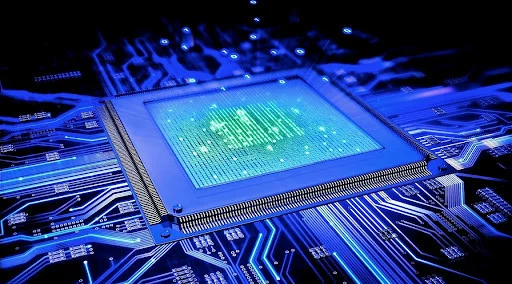
Diodes serve as integral components in digital systems, including computers, microcontrollers, and digital signal processing circuits. They are vital for performing logical operations, signal modulation/demodulation, and voltage regulation, which are foundational to the operation of digital devices and systems.
Light Emitting Diodes (LEDs)
Diodes are the key components in LEDs, enabling them to emit light effectively and efficiently. LED lighting fixtures and displays are pervasive in residential, commercial, and automotive applications, providing energy-efficient illumination and versatile lighting solutions.
Consumer Electronics
Diodes are extensively used in a wide range of consumer electronics, including televisions, audio equipment, gaming consoles, and electronic toys. They contribute to power management, signal processing, and protection against electrical disturbances, ensuring the proper functioning of these devices.
Automotive Electronics
In automotive systems, diodes are utilized for tasks such as voltage regulation, power management, and protection against reverse voltage, which are crucial for the proper functioning of various vehicle electronics and control systems.
Power Inverters And Converters
Diodes play a vital role in power conversion and inversion circuits, such as those used in solar inverters, motor drives, and uninterruptible power supplies (UPS). They help to control current flow and ensure efficient energy conversion, making them fundamental in power management systems.
Industrial Equipment
Diodes are used in industrial machinery, automation systems, and control electronics for tasks such as rectification, voltage regulation, and signal processing. They contribute to the reliable and efficient operation of industrial equipment.
Medical Devices
In medical equipment and devices, diodes are employed for signal processing, power supply units, and various electronic subsystems used in diagnostic and therapeutic applications, contributing to the accurate and reliable functioning of medical devices.
Televisions And Displays
Diodes are integrated into TV screens and display panels for backlighting, pixel control, and signal processing in LCD, LED, and OLED technologies, allowing for vivid and energy-efficient display solutions.
How To Test A Diode?
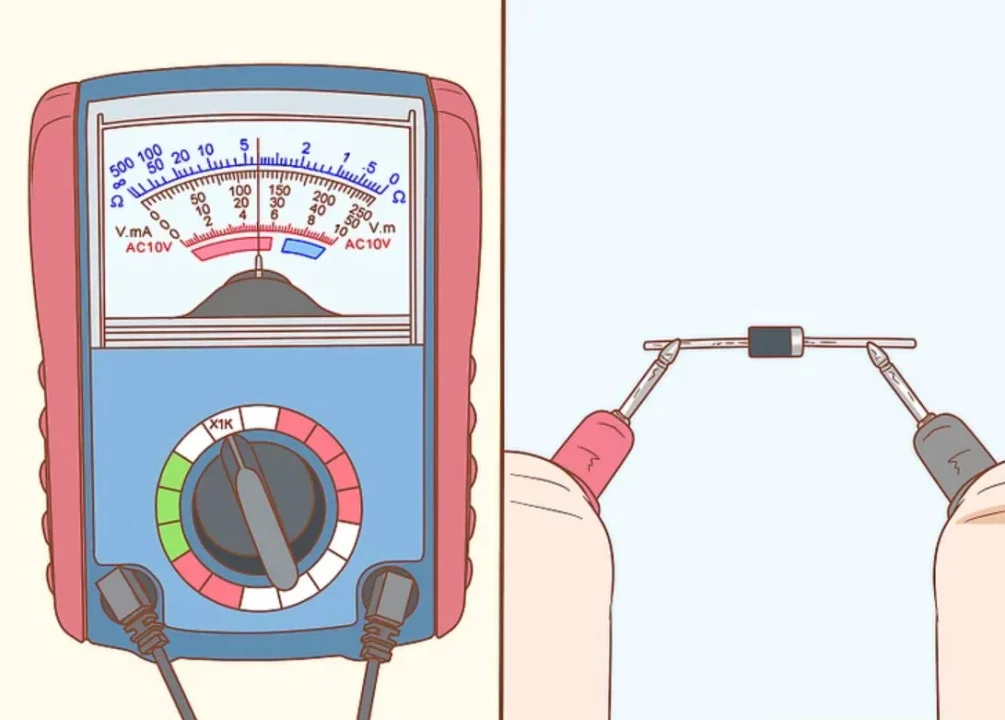
To test a diode using the “diode test” mode on a multimeter, begin by setting the multimeter to the diode test mode, typically represented by a diode symbol. Next, identify the positive (anode) and negative (cathode) terminals of the diode. Place the positive (red) probe of the multimeter on the diode’s anode and the negative (black) probe on the cathode.
In this configuration, the multimeter should display a voltage drop reading, approximately 0.6V for a standard silicon diode, in the forward-biased direction, while showing an open circuit (OL) in the reverse-biased direction.
To validate the diode’s functionality, reverse the probe connections and retest, expecting to observe the same voltage drop or open circuit in the opposite direction. This method enables a simple and effective assessment of the diode’s proper operation and polarity.
Conclusion
Diodes are essential electronic components with diverse applications in modern technology. From power supplies to telecommunications, LED lighting, consumer electronics, and beyond, diodes play critical roles in controlling electrical currents, converting power, regulating voltage, and protecting against reverse currents.
Their versatility and reliability ensure the efficiency and functionality of electronic systems, emphasizing their enduring importance and relevance in the ever-evolving landscape of electronic engineering.